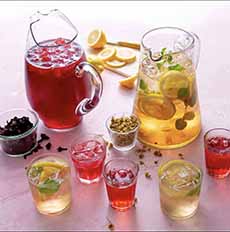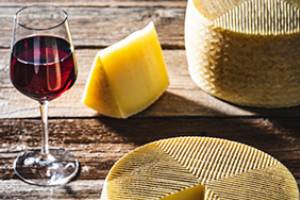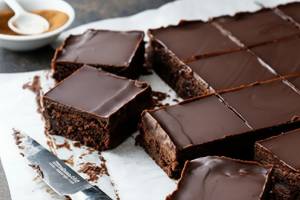How To Brew Iced Tea
|
|
As the weather grows warmer, our thoughts turn to iced tea. (June is National Iced Tea Month, June 10th is National Iced Tea Day). Even though fine brewed tea continues to grow in popularity—and tea is the second most-consumed beverage in the world, after water—about 80% of the tea sold in the U.S. is bottled tea, generally consumed cold. That’s an expensive way to consume tea, not to mention millions of bottles going into the landfill. It’s time to B.Y.O.I.T.: brew your own iced tea. Save money and save the planet. Keep a pitcher of iced tea in the fridge as a calorie-free beverage. In fact, keep two pitchers with two different types of tea—Earl Grey and Assam teas, peach tea and passion fruit tea, or any black and green teas. We also keep the 16-ounce plastic water bottles that we pick up along the way, refill them with iced tea. You need to make iced tea stronger than regular tea to compensate for dilution from ice. Even if you don’t use ice, the coldness of refrigerated tea can suppress some flavor components; so stronger is better. Another tip: The better the tea quality, the more enjoyable the tea. Some mass supermarket brands don’t have the best flavor (our favorite brand is Bigelow), and many people add MORE sugar to make the drink taste better. Try making iced tea from the best tea, and see if you can enjoy it without sweetener. Eliminating sweetener allows you to taste the complexity of fine tea. 1. PLACE the tea into a pitcher or clean quart bottle for brewing. If using loose tea, enclose it in a tea ball/spice ball for easy clean-up. 2. BOIL 2 cups of cold water (tap water or filtered). Pour the boiling water into the pitcher and steep for 5 minutes. Remove the tea bags or strain the loose tea into another pitcher or receptacle. Add 2 more cups of cold water and refrigerate. 3. SERVE over ice with optional garnishes. We make our ice cubes from brewed tea so the tea never dilutes. Just pour room-temperature or chilled tea into an ice cube tray. *We brew two quarts at a time in a 64-ounce pitcher. While drinking tea dates back thousands of years, ice to keep foods cold was available only to the wealthy few, who could afford ice houses. During the winter, the ice house, built in a shaded area, sometimes below ground, would be loaded up with ice and snow and packed with insulation such as straw or sawdust. The original purpose was to store perishable foods in the warm months, but the ice could also be used to cool drinks or make ice cream and sorbet. |
|
|
The earliest remains of ice pits found are from the seventh century B.C.E., with references suggesting that the techniques were used before the 11th century B.C.E. Barges of ice covered in sawdust were shipped in ancient times to hot places like the Middle East, but only on a minuscule scale, for kings and other people of great wealth. In the early 1800s, ice remained a luxury for the wealthy. In 1806, Frederic Tudor, a New England entrepreneur who became known as “The Ice King,” came up with the idea to export ice on a commercial basis. He began to harvest ice from New England lakes, making it more widely available. By 1810 his operation was in full swing. Tudor’s first shipment was to the Caribbean, and the “Ice King” ultimately shipped ice all over the world. Tudor invented an entire industry, the ice trade. Others hopped into the trade. During their heyday, commercial ice houses would store tons of ice for purchase. Still, ice houses existed where there was a source of natural ice. The drink didn’t appear on the scene until 1904, at the St. Louis World’s Fair. An Englishman named Richard Blechynden was trying to sell tea as a refreshment, but the weather was very hot and no one was buying. As necessity is the mother of invention, he added ice to the tea, and the new refreshing drink was born. In homes fortunate enough to have ice boxes cooled with a block of ice, pieces of the block were chipped off to cool drinks. But in of itself, ice boxes did not freeze ice or foods. The block of ice was usually situated in a top compartment, allowing cold air to flow downward and keep food chilled longer. As the block of ice melted, it needed to be replaced every one to three days, depending on the external temperature and other factors†. > Here’s more history of iced tea. Electric refrigerators became available in U.S. homes in the 1910s, but they were expensive and primarily used by the wealthy. Refrigerator-freezer units, which combined both a refrigerator and a freezer in a single appliance, emerged in the 1930s. A timeline: CHECK OUT WHAT’S HAPPENING ON OUR HOME PAGE, THENIBBLE.COM. |
||






